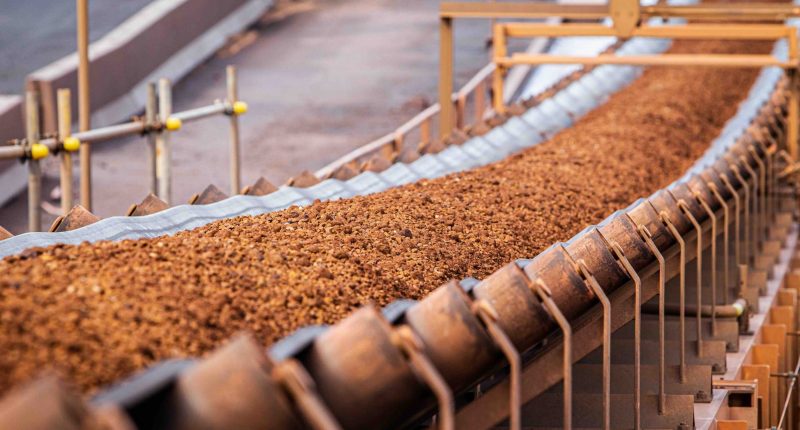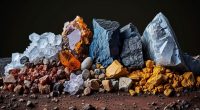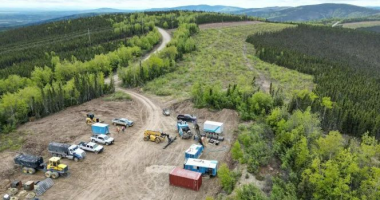Mining giant Rio Tinto (ASX:RIO) has reported a slight drop in Pilbara iron ore production in the second quarter of 2024, with this number coming in 2% lower than the same period last year – at 79.5 million tonnes – although shipments of the metal for the second quarter rose by the same percentage, sitting at 80.3 million tonnes.
However, shipment volumes were down overall for the first half of 2024 compared to the same period last year, registering as a drop of 2%, to 157.4 million tonnes.
The company stated that a train collision in mid-May had affected production and shipping, resulting in rail capacity being lost for six days and stockpiles building up at some Rio Tinto mines.
Production of other commodities fared better, with bauxite volumes rising by 9% in the first quarter of 2024 – to 14.7 million tonnes – compared to the same time in 2023, and registering a rise of 10% between the first halves of 2023 and 2024.
Mined copper rose 18% in the second quarter – to 171 kilotonnes – from the same period last year, and also rose 13% from the first halves of 2023 and 2024.
Aluminium production lifted 1% in the second quarter of 2024 compared to the same period last year – to 824 kilotonnes – and also registered a rise of 3% in the first half of 2024 compared to the same period in 2023.
However, there was a 22% drop in production of titanium oxide slag – to 238 kilotonnes – in the second quarter of 2024, compared to the same period last year, with a 16% fall when the first halves of 2023 and 2024 were compared.
Production of IOC (Iron Ore Company of Canada) iron ore pellets was sitting at 2.2 million tonnes for the second quarter of 2024, a rise of 6% since the same period last year, with a 5% rise between the first halves of 2023 and 2024.
The company’s injury rate also fell in the second quarter of 2024, sitting at 0.32, a decrease from the same time last year (0.38).
Rio Tinto Chief Executive Jakob Stausholm said there has been many developments during this period and ahead.
“Our operational performance continues to progress: while there are still significant improvements ahead, we are beginning to see a step-change in production, including
from our Queensland bauxite business following the roll-out of the Safe Production System,” he said.
“We are growing with discipline in the materials the world needs for the energy transition. Construction of the Simandou high grade iron ore project in Guinea is advancing at pace, the ramp up of the Oyu Tolgoi underground is on track and we are set to achieve first production from the Rincon starter plant by the end of the year.
“We continue to prioritise the decarbonisation of our business, announcing the installation of carbon free aluminium smelting cells using ELYSIS technology at our Arvida smelter in Quebec and an investment in a R&D facility to test our low-carbon ironmaking process, BioIron, in Western Australia.”
“We also signed 20-year electricity arrangements backed by renewable electricity to secure the future of the Tiwai Point aluminium smelter in New Zealand.
“As we progress against our four objectives and strategy, we have a clear long-term pathway to profitable growth and continued attractive shareholder returns.”
Rio Tinto has been trading at $119.84









